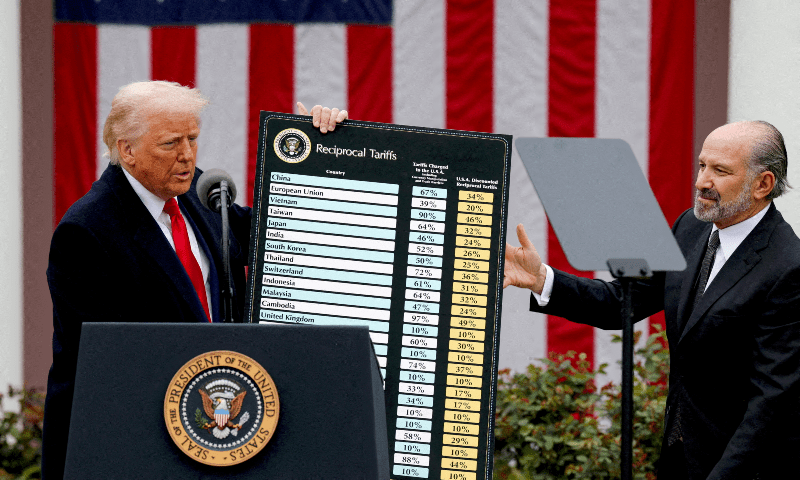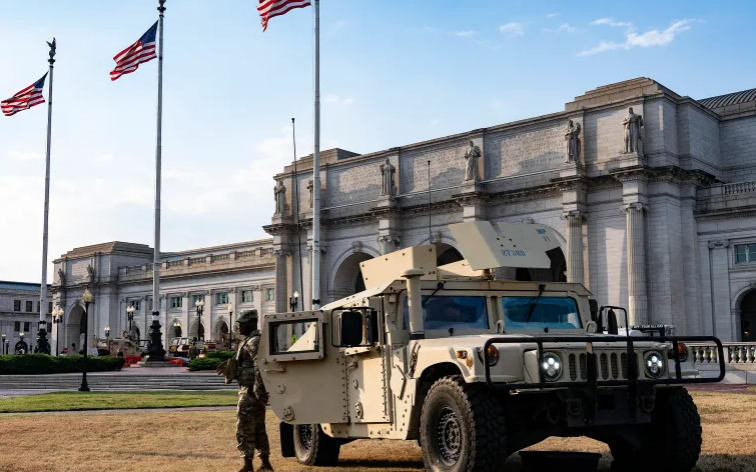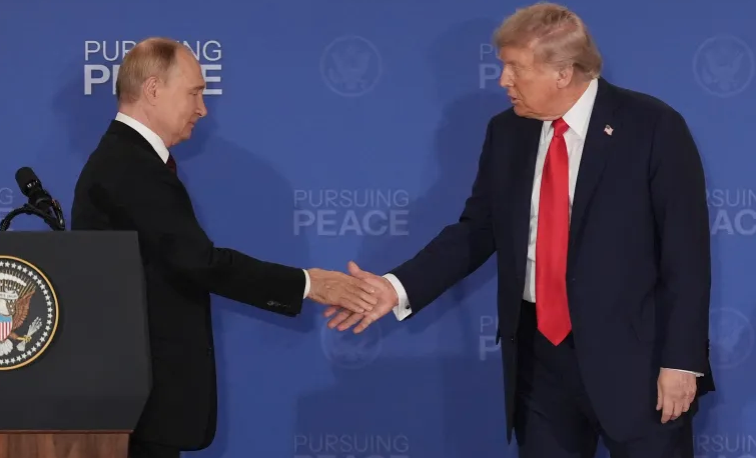WORLD NEWS

United States President Donald Trump has ordered a 90-day extension on the suspension of higher tariffs for Chinese goods, hours before a trade truce between Washington and Beijing was set to expire. The halt, announced Monday, will keep current tariff rates in place until November 10.
“I have just signed an executive order that will extend the tariff suspension on China for another 90 days,” Trump wrote on his Truth Social platform. The truce had been scheduled to end on Tuesday.
Under the existing arrangement reached in May, US tariffs on Chinese goods were reduced to 30%, while China’s duties on American products were lowered to 10%. These rates will now remain unchanged until a new agreement is reached or the November deadline arrives.
China confirmed the extension through its state-run Xinhua news agency, stating that it will also suspend its planned tariff hikes for 90 days starting August 12, while retaining the 10% duty. Beijing also pledged to suspend certain non-tariff measures, as outlined in the Geneva joint declaration.
The White House said in its executive order that the US continues to face “large and persistent annual goods trade deficits” with China, which it views as a threat to national security and the economy. It also acknowledged China’s “significant steps” toward addressing US concerns, though major sticking points remain.
Experts say that while the extension provides breathing room for negotiators, a final trade deal remains uncertain. William Yang of the International Crisis Group noted that Beijing is unlikely to make major concessions, especially given its leverage over rare earth exports.
Sean Stein, president of the US-China Business Council, called the extension “critical” for businesses to plan ahead, while Asia Society Policy Institute’s Wendy Cutler suggested it could pave the way for a Trump-Xi summit later this year.
The US-China trade relationship has been volatile since Trump’s return to office in January. Tariffs have swung from 10% to as high as 145% before settling at the current truce rates. Despite the agreement, tensions have persisted, with disputes arising during high-level meetings in London and Stockholm.
Trump has also imposed a 10% “reciprocal” tariff on most US trading partners, with higher rates for select economies and sectors. However, he clarified Monday that gold imports will not face additional tariffs.
With negotiations continuing, the world’s two largest economies remain locked in a complex trade battle whose outcome could shape global markets for years to come.




